Maelanenga! Masalu! Maljimalji!
These are phrases visitors to the mountains of Pingtung County might want to learn. The first is a Rukai expression of thanks that may be of particular use to anyone visiting the old slate house village of Kucapungane, the subject of a previous Taipei Times article, The Hunter’s Tale (March 12, 2020).
“Masalu” is the key to bonding with your hosts in Tjuvecekadan, the Paiwan slate house settlement now engaged in limited cultural tourism as described in another Taipei Times article, Preserving the Paiwanese Past (Jan. 14).

Photo: Tyler Cottenie
Between these two villages lies Payuan, where similar tourist experiences are offered, including guided tours of the village and an overnight in a slate house with catered meals. Although it is also a Paiwan village, they speak the northern dialect here and “Maljimalji” is the common way to express one’s thanks.
This village, located in Majia Township (瑪家), differs from the others in a number of other ways, making it a unique and worthwhile experience in its own right. Payuan maintains enough of the traditional character that one can imagine what life must have been like there centuries ago. At the same time, modernization has taken hold here more than elsewhere, but with its own creative twists that still don’t detract from the place’s charm.
BLENDING OF OLD AND NEW

Photo: Tyler Cottenie
The settlement in its current location dates back centuries. Walking around the village, many of these early houses lie in ruins, with the roofs long gone and the walls overrun by fast-growing vines. Still, as one descends lower and lower through the village’s terraces, several intact houses with clean black slate exteriors and handsome yards dot the hillside, giving a glimpse of what things would have looked like in days gone by. It takes at least an hour to walk through the whole village, such is its scale. During the Japanese colonial era, the residents of two other villages were relocated to Payuan, making this one of the largest Aboriginal settlements in southern Taiwan.
Modern facilities and improvements began during this era, as well. As in most mountain villages, the Japanese government installed a police station and school here. Before the villagers were moved down the mountain in 1974, the Republic of China (ROC) government built a public health center and police station here. Although not in use anymore, they are still highly conspicuous as the only concrete buildings standing in the midst of semi-abandoned slate houses.
At the top of the village stands the old elementary school, now partially converted into a visitor center. More modern infrastructure is visible here as well in the form of a concrete road and power lines. Convenient road access and electricity is part of the reason this village has seen so many improvements in recent years and why it has more modern touches. The power lines that follow the road up here no longer deliver electricity, however. Typhoon Morakot severed the lines and the villagers decided not to ask for the service to be restored, saving the village from the blight of bright, noisy karaoke nights.
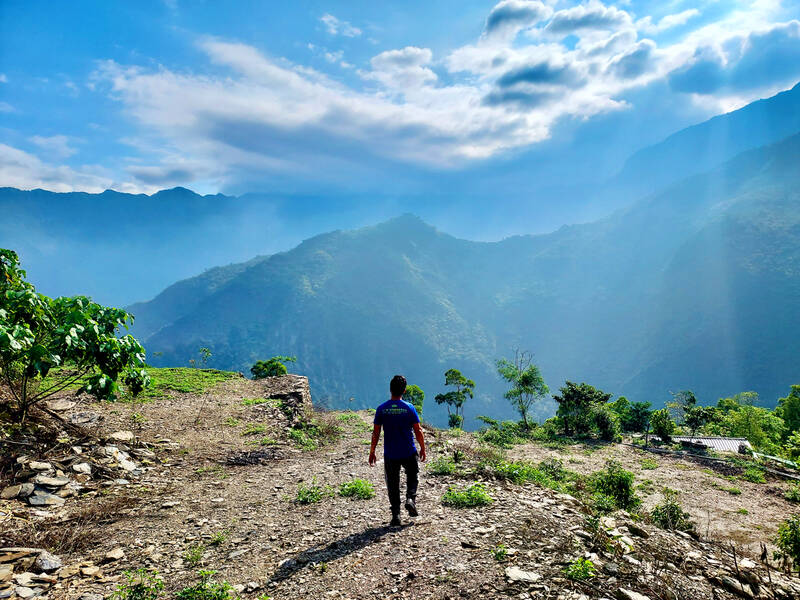
Photo: Tyler Cottenie
A note on the village’s name: The village’s original Paiwan name was transliterated into Chinese as Fawan (筏灣), but this transliteration did not sound good to the Paiwan people. Years after the village was moved down the mountain, they managed to get the official Chinese name changed to Paiwan (排灣). Nowadays, the village’s people are promoting the newer Chinese name and the proper Romanization in their native language, Payuan. However, the old name still lingers and the village is still commonly referred to as Jiufawan (舊筏灣, literally “Old Fawan”).
AN IMPORTANT CROSSROADS
Payuan was an important social hub for Paiwan and Rukai people in the past. Footpaths and marriages permanently connected the village with others nearby. Nowadays, anyone entering or exiting Payuan from any direction must apply for a guide to accompany them, and numbers are limited to maintain a good quality of visitor experience.
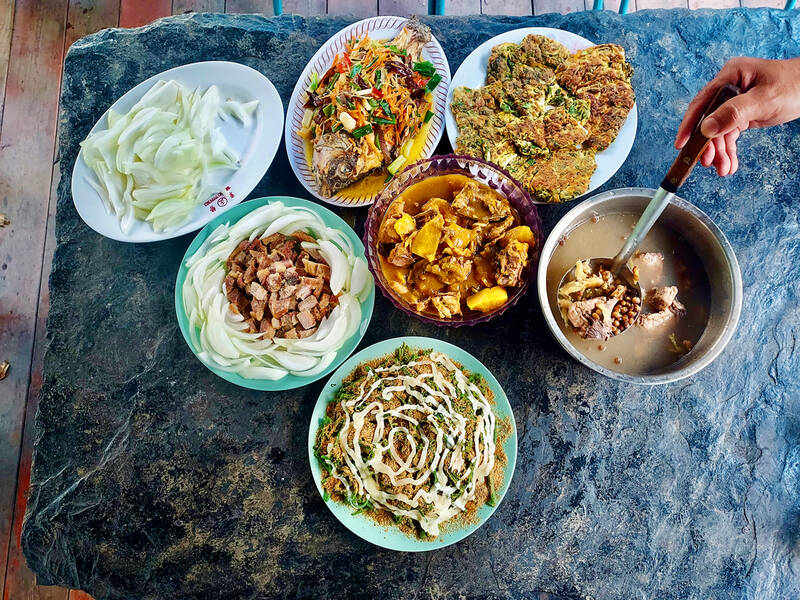
Photo: Tyler Cottenie
In addition to the concrete road that most people use to reach the village by car, it is also possible to walk into the village from the opposite side. This approach begins at the trailhead to Beidawu Mountain (北大武山) and alternates between old logging road and steep, narrow footpath with several near-vertical rope descents. A guide is required for this route as well, not to mention a certain level of fitness and balance. Along this route, there is an important four-way intersection from which one can go up to a nearby peak, Syueyegen Mountain (鱈葉根山), or to another former Paiwan village, Pinghe (平和). If transportation can be arranged on both sides ahead of time, entering Payuan using this route and exiting via the concrete road is an excellent choice.
There is also a third route leaving the village. This is a rough gravel road that descends to a creek and a newly restored bridge. The gorge through which the creek runs is scenic enough on its own to merit a visit. Water this clear and blue can only be found high in the mountains of Taiwan, and standing on the bridge, one can see the great gorge this water has cleaved into the mountain upstream. The reason this bridge exists, however, is because a footpath on the other side climbs back up the opposing mountain to yet another semi-abandoned Paiwan village, Shelu (射鹿), and the peak of Ciyan Mountain (旗鹽山). Visitors wishing to undertake this hike or stay overnight at Shelu can also arrange this service through their Payuan guide.
Just downstream from the bridge is another highlight of any visit to Payuan, one of Taiwan’s most stunning waterfalls, Shalawan. Forty meters tall, it is nestled between two curved cliff faces that perfectly frame it, and accented by smaller falls beside and below. There is a massive blue pool beneath the falls that is perfect for a dip on a hot day, but be aware that the water can be dangerous after heavy rainfall and has taken lives in recent years.
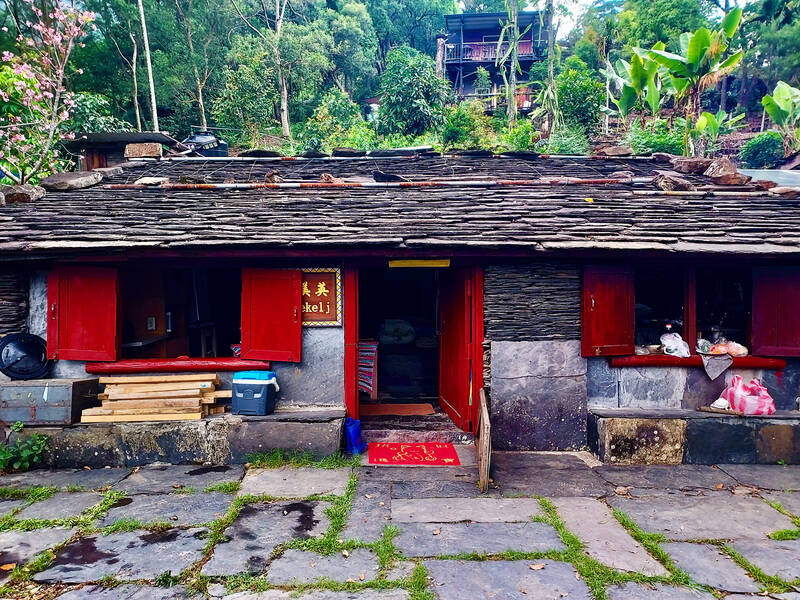
Photo: Tyler Cottenie
TOURISM TODAY
To visit the village itself, permission and guides must be arranged in advance. Your best chance of learning about the history of the village, the construction of slate houses and Paiwan customs is during the walking tour of the village with your guide. Considering how long it takes to get to Payuan and how rare the opportunity to spend a night in a slate house is, an overnight visit is highly recommended.
Overnight visits include dinner and breakfast with a very local twist, prepared on the spot by your hosts. Spending the evening lounging under dark skies (remember, no electricity here) overlooking the terraces of Payuan and the mountains in the distance before retiring to your warm, wood-heated sleeping quarters will surely be one of the highlights of your time in Taiwan. And don’t forget to thank your hosts: maljimalji!

May 18 to May 24 Pastor Yang Hsu’s (楊煦) congregation was shocked upon seeing the land he chose to build his orphanage. It was surrounded by mountains on three sides, and the only way to access it was to cross a river by foot. The soil was poor due to runoff, and large rocks strewn across the plot prevented much from growing. In addition, there was no running water or electricity. But it was all Yang could afford. He and his Indigenous Atayal wife Lin Feng-ying (林鳳英) had already been caring for 24 orphans in their home, and they were in
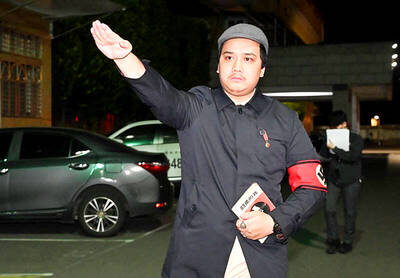
On May 2, Chinese Nationalist Party (KMT) Chairman Eric Chu (朱立倫), at a meeting in support of Taipei city councilors at party headquarters, compared President William Lai (賴清德) to Hitler. Chu claimed that unlike any other democracy worldwide in history, no other leader was rooting out opposing parties like Lai and the Democratic Progressive Party (DPP). That his statements are wildly inaccurate was not the point. It was a rallying cry, not a history lesson. This was intentional to provoke the international diplomatic community into a response, which was promptly provided. Both the German and Israeli offices issued statements on Facebook
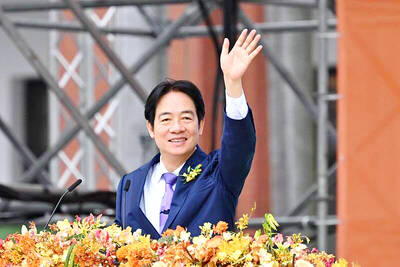
President William Lai (賴清德) yesterday delivered an address marking the first anniversary of his presidency. In the speech, Lai affirmed Taiwan’s global role in technology, trade and security. He announced economic and national security initiatives, and emphasized democratic values and cross-party cooperation. The following is the full text of his speech: Yesterday, outside of Beida Elementary School in New Taipei City’s Sanxia District (三峽), there was a major traffic accident that, sadly, claimed several lives and resulted in multiple injuries. The Executive Yuan immediately formed a task force, and last night I personally visited the victims in hospital. Central government agencies and the

Australia’s ABC last week published a piece on the recall campaign. The article emphasized the divisions in Taiwanese society and blamed the recall for worsening them. It quotes a supporter of the Taiwan People’s Party (TPP) as saying “I’m 43 years old, born and raised here, and I’ve never seen the country this divided in my entire life.” Apparently, as an adult, she slept through the post-election violence in 2000 and 2004 by the Chinese Nationalist Party (KMT), the veiled coup threats by the military when Chen Shui-bian (陳水扁) became president, the 2006 Red Shirt protests against him ginned up by